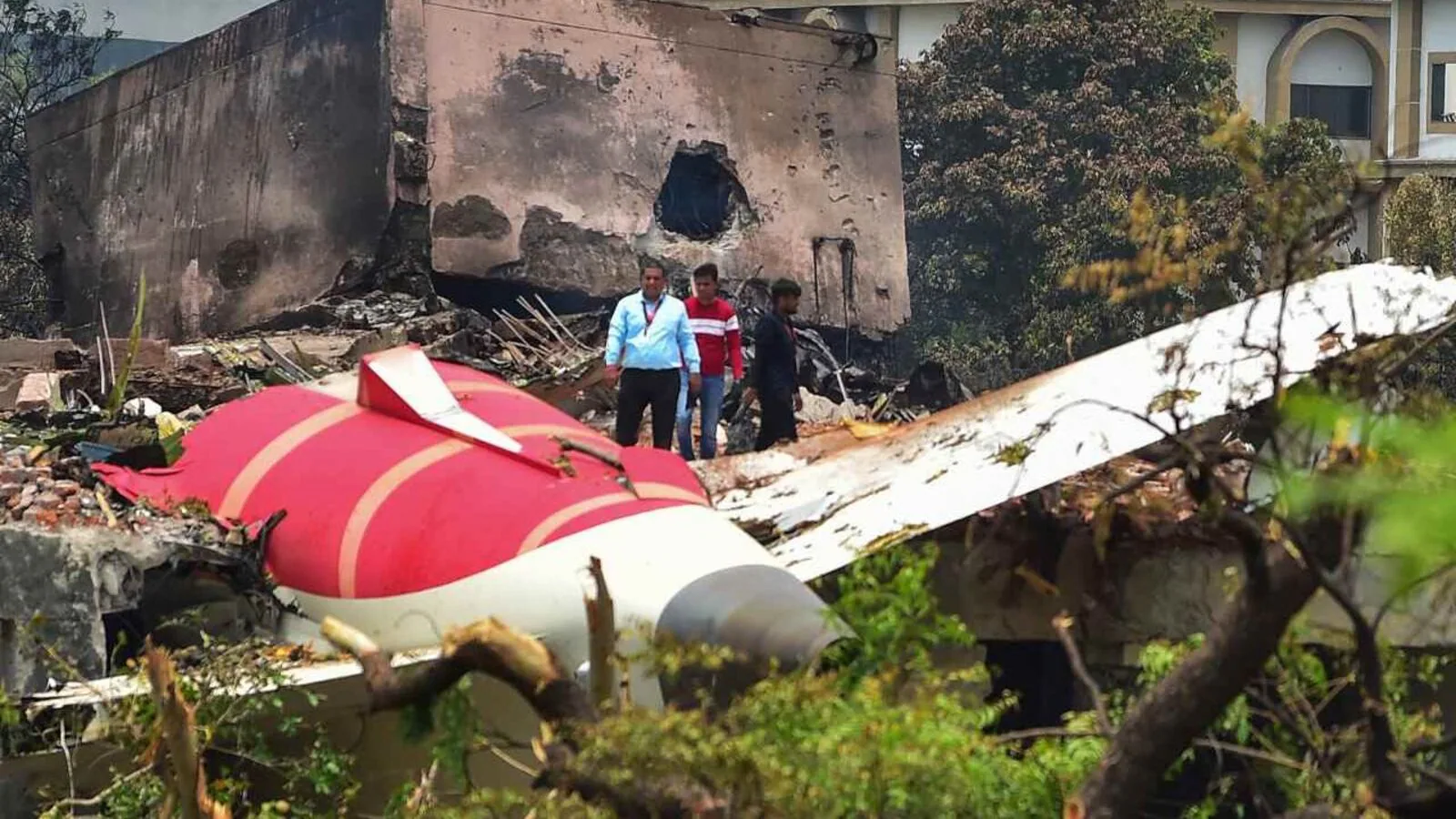
Boeing 787 crash: What we know and what comes next
How did your country report this? Share your view in the comments.
Diverging Reports Breakdown
Boeing 787 crash: What we know and what comes next
Boeing stock was flat in premarket trading on Wednesday at $200.31 a share. Shares traded as high as $205.31 on Tuesday, but closed down 0.8%. Air India Flight 171, bound for the U.K., crashed shortly after takeoff, killing 241 of the 242 people on board. As of Tuesday, the death toll had risen to almost 280, including people in the area where the plane went down, and was likely to rise further. No official statements have been made yet, but videos appear to show the 787 deploying its Ram Air Turbine, or RAT, shortly before the crash. The RAT deployment could signal dual engine failure or a major electrical failure, but no cause of the problem has been determined.. It is incredibly rare to lose both engines. A 787 can fly with only one. Theories range from fuel problems to heat to damage.
Investigations are focused on the engines and why the plane lost lift shortly after takeoff.
Shares of the commercial jet maker were flat in premarket trading on Wednesday at $200.31 a share, while S&P 500 and Dow Jones Industrial Average futures were up 0.2% and 0.1%, respectively.
Boeing shares traded as high as $205.31 on Tuesday, but closed down 0.8% at $200.26. Shares hit their high shortly after 11 a.m. Eastern time, jumping about $4, after reports that Air India had completed its 787 safety inspections without any material findings.
The stock gave back gains relatively quickly, though. Air India operates more than 30 Boeing 787 jets. Inspections and an extra focus on safety have disrupted some flights in recent days.
Coming into Wednesday trading, Boeing stock was down almost $14, or 6%, since Thursday, when Air India Flight 171, bound for the U.K., crashed shortly after takeoff, killing 241 of the 242 people on board. As of Tuesday, the death toll had risen to almost 280, including people in the area where the plane went down, and was likely to rise further.
The sole survivor of the crash, 40-year-old Vishwashkumar Ramesh, said he heard a loud noise and saw flickering lights before the crash, according to reports. The pilots made a “mayday” call, reporting no lift.
No official statements have been made yet, but videos appear to show the 787 deploying its Ram Air Turbine, or RAT, shortly before the crash. RATs are an automatically deployed emergency system designed to provide some electricity and hydraulic power in the event of significant power loss. Essentially, it’s a twin-prop turbine that spins in the headwind, generating power.
Boeing and GE Aerospace, the maker of the planes engines, didn’t comment on the deployment. That shouldn’t surprise investors. Companies defer to investigating authorities, in keeping with global airline regulations.
The RAT deployment could signal dual engine failure or a major electrical failure, but no cause of the problem has been determined. It is incredibly rare to lose both engines. A 787 can fly with only one.
Only theories exist about how a modern jet could lose both engines. Theories range from fuel problems to heat to damage. It’s still too early to say.
Both of the jet’s black boxes, the flight-data recorder and the cockpit voice recorder, have been recovered. They should yield more insight in the coming days.
The plane was a 12-year-old Boeing 787, powered by GE engines, that had accumulated 41,700 flight hours over 7,800 flights. Before Thursday, the twin-aisle 787 jet, introduced in 2011, had never been involved in a fatal crash.
Coming into Wednesday trading, GE Aerospace stock was down about 4% since the crash, while the S&P 500 was off about 1%.
The jet underwent a “C check,” which is a comprehensive inspection done every 20 to 24 months, in 2023, according to reports. The engines were overhauled earlier in 2025 in accordance with typical operating procedures.
Monday, an Air India Boeing 787 flight experienced an unspecified technical issue. Flight 315 leaving Hong Kong turned around and landed safely shortly after takeoff, according to flight tracker data. The exact cause of the turnaround hasn’t been disclosed.
There is no reason to expect the issues are linked, beyond an increased focus on flight safety. Air India and Boeing didn’t immediately respond to requests for comment about the issue.
Indian aviation authorities are leading the investigation. Official statements will come from them.
Investigations continued as the Paris Air Show opened on Monday. The biennial show is a chance for Boeing and Airbus to collect customer orders and for investors to meet with aerospace management teams. Boeing CEO Kelly Ortberg canceled his plans to attend, and GE Aerospace delayed its Paris analyst event.
